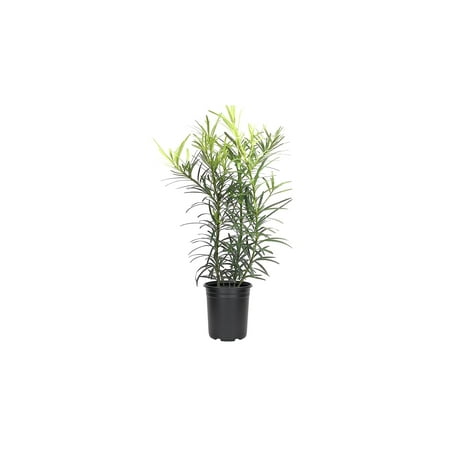Invasive hedge plants to avoid – 5 vigorous species to keep our of your yard and what you should grow instead
Invasive hedge plants can quickly get out of control and cause damage to your home


Most front or backyards tend to rely on hedge plants to provide a green boundary for privacy and security. There are hundreds of different species to choose from, and whether you have a preference for holly or hawthorn, lilac or laurel, picking the right hedge plants can help to maximize greenery in your plot.
Some hedge plants, however, can be thuggish in nature, with vigorous growth rates proving challenging for gardeners. These aggressive and invasive hedge plants are best avoided when selecting what species to grow as they can quickly cause problems in the yard.
So, while you might already know about invasive trees and perennials to avoid, we have put together a list of five invasive hedge plants to watch out for. In addition, expert gardeners from North America have provided recommendations on what to grow instead.
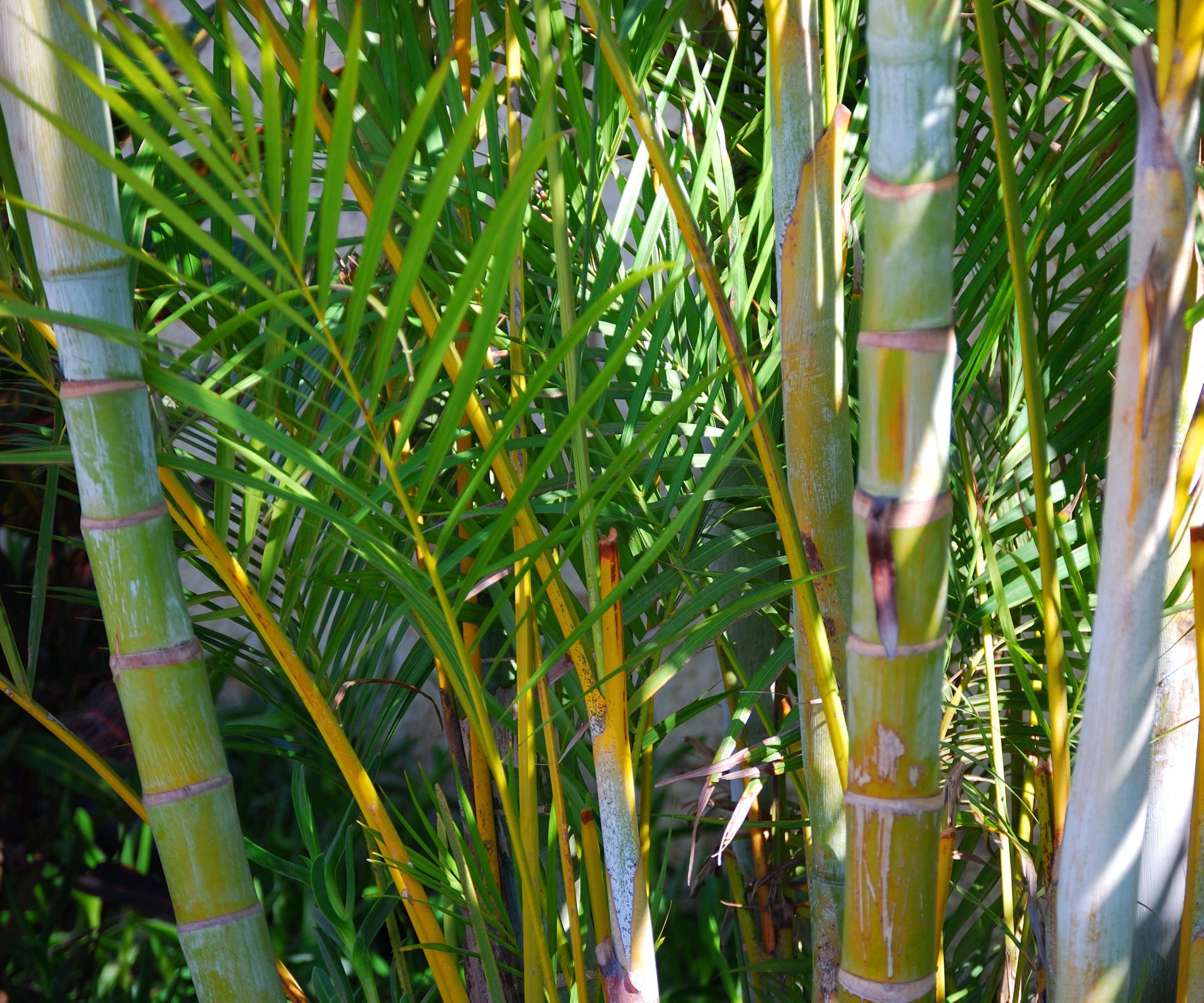
Invasive hedge plants to avoid
Landscaping with hedges is far preferable to bare walls or bland fences. Indeed, using green hedging will soften and blur the boundary of your outside space. However, before deciding which hedge plants to grow, it is good to identify what species to avoid. Here are five invasive plants that should be kept out of your planting schemes.
1. Chinese privet

'One common hedge plant that can cause problems is the Chinese privet, otherwise known as Ligustrum sinense,' says Reese Robbins, garden expert and creator of Just Pure Gardening.
Considered an evergreen tree never to grow, the Chinese privet is classified as invasive in many US states, including Alabama, Georgia, Pennsylvania and South Carolina.
'While the Chinese privet might seem appealing with its dense foliage, ideal for screening and privacy, it spreads aggressively,' Reese adds. 'Once established, it is difficult to get rid of it, with birds carrying its seeds far and wide.
'For a better option that is easier to manage, try yew, otherwise known as Taxus. They are much slower growing and far less likely to take over your garden.'
Yew hedges can be grown down to US hardiness zone 4, making for an ideal option in cooler regions. They prefer moist but well-drained soil, and are remarkably versatile in terms of light, tolerating full sun to full shade. Prune yew hedges in early spring, usually around March, and again in late summer, by September, to keep them looking sharp and under control.
Live yew plants are available from Walmart.

Reese L. Robbins is the founder of Just Pure Gardening, a site full of fruit and vegetable growing guides, garden ideas, and garden product reviews.
2. Bamboo

Many homeowners opt to grow bamboo to create a dense, evergreen hedge. While this is true, if you opt for a running bamboo variety, their rampant growth can quickly get out of hand. If left unchecked, bamboo rhizomes will create dense thickets of growth, choking out other nearby plants.
'Bamboo is beautiful but it often grows too fast to control,' says Reese. 'The speed of their growth is often staggering, with some species growing two or three feet in a single day! If you have an invasive bamboo in your yard, chances are it will quickly find its way to neighboring plots too, which might lead to difficult conversations over the garden fence.
'If you are really intent on growing bamboo, avoid running varieties and stick to dwarf clumping options,' Reese says. The ruscus bamboo, or Shibataea kumasaca, for example, can be grown in pots for a low hedge. This variety will only grow to four or five feet tall and is far less vigorous than most bamboo species.
While not a true bamboo, sacred bamboo, or Nandina domestica, is an alternative if you are looking for an evergreen hedge plant. I have grown this species in the UK and found it to be slow-growing and manageable, although this species is best avoided if you reside in the southeast United States, where it has invaded woodlands. Sacred bamboo does best in US hardiness zone 6 to zone 9, thriving in bright, sunny borders.
Nandina live plants are available from Amazon.
3. Russian olive

While the Russian olive, Elaeagnus angustifolia, is similar in appearance to the European olive tree, Olea europaea, they should not be confused. Although both trees might have attractive silver foliage, the Russian olive is considered an invasive species in many US states, including California.
'Elaeagnus angustifolia can quickly escape cultivation, thriving in poor soils along highways and disused yards,' Reese says. 'It is often used as a hedge because it is tough and drought-tolerant, thriving in sunny regions, but be warned, it is a pain to get rid of it, spreading via seeds and suckers.'
For a native plant alternative, try growing serviceberry or chokeberry trees in a row, which will eventually form a hedge that will prove to be a hit with local birds.
'For an evergreen hedge option, try the ‘Little Gem’ magnolia,' says Bert Bast, garden expert and owner of Bast Brothers Garden Center. 'It can be grown from US hardiness zone 7 plus, with the dark green foliage complemented by large spring flowers. This evergreen will provide visual interest without the invasive tendencies of other hedge plants.'
'Little Gem' magnolia live starter plants are available from Amazon.

Bert Bast is a garden expert and owner of Bast Brothers Garden Centre. Established in 2014 and nestled in the heart of Mullica Hill, NJ, Bast Brothers Garden Center is a destination for all things garden.

The leather gardening gloves are useful when digging, planting and pruning in the yard, keeping your hands protected.
4. Cherry laurel

'Cherry laurel, or Prunus laurocerasus, is another problem plant to avoid,' Reese says. 'While this hedge plant might look lush and green, it grows incredibly fast, often producing two or three feet of growth in a single year.
'It might be a common sight in gardens across North America, but in my opinion, cherry laurel is an invasive hedge plant to keep out of your yard. What's more, it produces a lot of berries that can be toxic to pets, so if you have dogs or cats, steer clear of this species.'
If you are seeking a less vigorous evergreen hedge option, consider growing the Japanese yew, or Taxus cuspidata. This low-maintenance hedge plant is far less vigorous than cherry laurel but is just as tough and resilient.
Japanese yew can be grown down to US hardiness zone 4, making it an ideal option for northern states. For optimal growth, plant Japanese yew in a location that enjoys three or four hours of sunshine each day, and be sure to give it a hard prune in early spring to manage its height.
Japanese yew live plants are available from Amazon.
5. Buckthorn

Common buckthorn, Rhamnus cathartica, is an invasive species in many states across North America, including in Tennessee and Wisconsin. In addition, the sale of common buckthorn and glossy buckthorn was outlawed in Pennsylvania in 2022 due to its aggressive nature and ability to displace native species.
While the fruits of buckthorn are attractive to birds, this clever adaptation allows buckthorn seeds to disperse far and wide. So, while buckthorn might seem like an easy wildlife solution for a hedgerow, once established it will be difficult to get rid of.
For a native option, try growing one of the North American viburnum species, such as the southern arrowwood viburnum, Viburnum dentatum. Most viburnums are cold-hardy and can be grown down to zone 3. They do best in part shade with slightly moist soil. One variety with attractive fall berries is the American cranberry bush viburnum, Viburnum opulus var. americanum, available from Nature Hills.
FAQs
How do I remove a bamboo hedge?
Removing bamboo is challenging, but with persistence, it can be done. Prune your bamboo to the ground, disposing of all stems in your green waste. Then, dig up as many rhizomes as possible, which will likely be an ongoing battle over many months. This is a hard task and may require expert help from a landscaper, depending on the size and spread. If you are planting bamboo, be sure to use a bamboo root barrier, available from Walmart, to contain this vigorous plant.
Before adding any new perennials, bulbs or trees to your plot, it is always best to do your homework and find out what species are to be avoided in your region. Taking time to complete some research and speak to experts will ensure that your yard is free of problem plants.
For more information, see our guide on invasive climbers to keep out of your yard this year, as well as what vines you should grow instead.
Sign up to the Homes & Gardens newsletter
Design expertise in your inbox – from inspiring decorating ideas and beautiful celebrity homes to practical gardening advice and shopping round-ups.

Thomas is a Content Editor within the Gardens Team at Homes and Gardens. He has worked as a professional gardener for both public spaces and private estates, specializing in productive gardening, growing food and flowers. Trained in Horticulture at the Garden Museum, he has written on gardening and garden history for various publications, including The English Garden, Gardens Illustrated, Hortus, The London Gardener and Bloom. He has co-authored a Lonely Planet travel book, The Tree Atlas, due out in 2024.
You must confirm your public display name before commenting
Please logout and then login again, you will then be prompted to enter your display name.
-
 Pamela Anderson's kitchen seating arrangement is one of the most intelligent I've seen – it turns an awkward corner into a chic social space
Pamela Anderson's kitchen seating arrangement is one of the most intelligent I've seen – it turns an awkward corner into a chic social spaceThe model's banquette seating perfects a smart seating trend that's shaping how we dine and socialize in 2025 – and it will fit in the smallest of kitchens
-
 8 of the biggest small bedroom layout mistakes designers see time and time again
8 of the biggest small bedroom layout mistakes designers see time and time againThese small bedroom layout mistakes are so easy to make, but so easy to avoid too
-
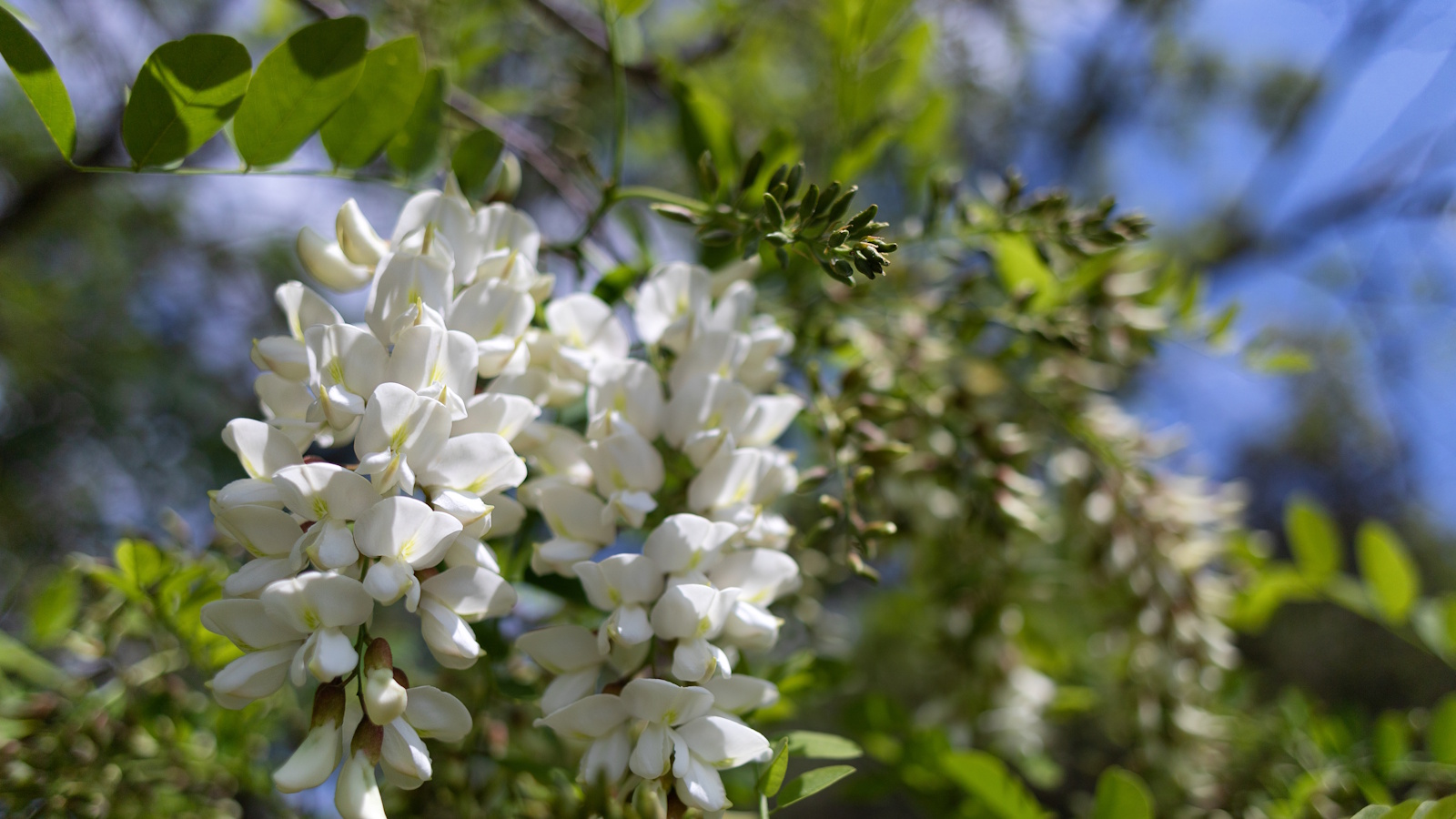 5 plants with thorns and spines to avoid in family gardens – plus the safer alternatives to grow instead
5 plants with thorns and spines to avoid in family gardens – plus the safer alternatives to grow insteadWhile these plants are good for intruder-proofing your yard, they might not be ideal in homes with young children or pets
-
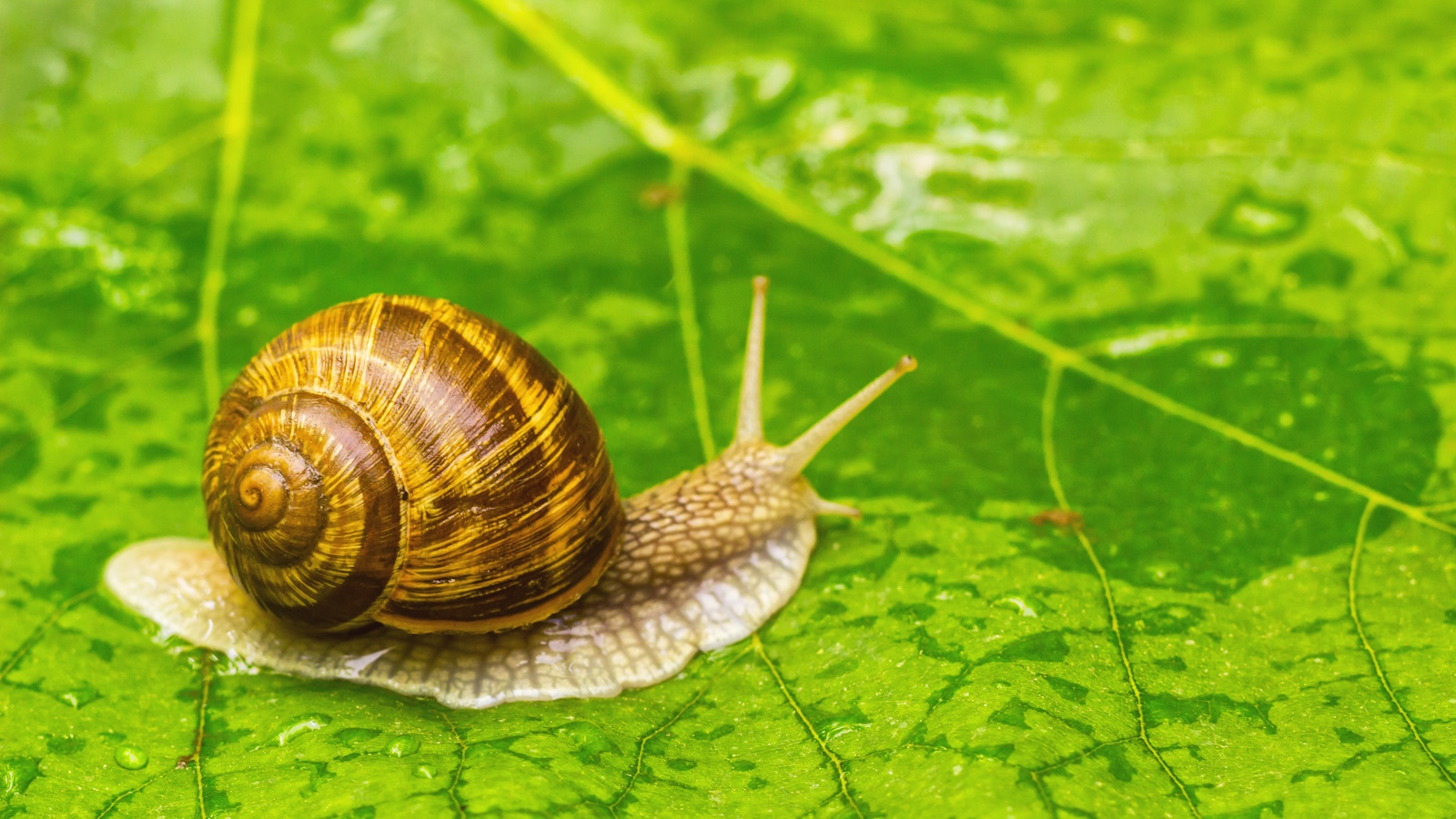 This common vegetable is the best natural defence against slugs and snails – and you probably already have one in your fridge
This common vegetable is the best natural defence against slugs and snails – and you probably already have one in your fridgeHere's how to pest-proof your flower beds and veg garden this year
-
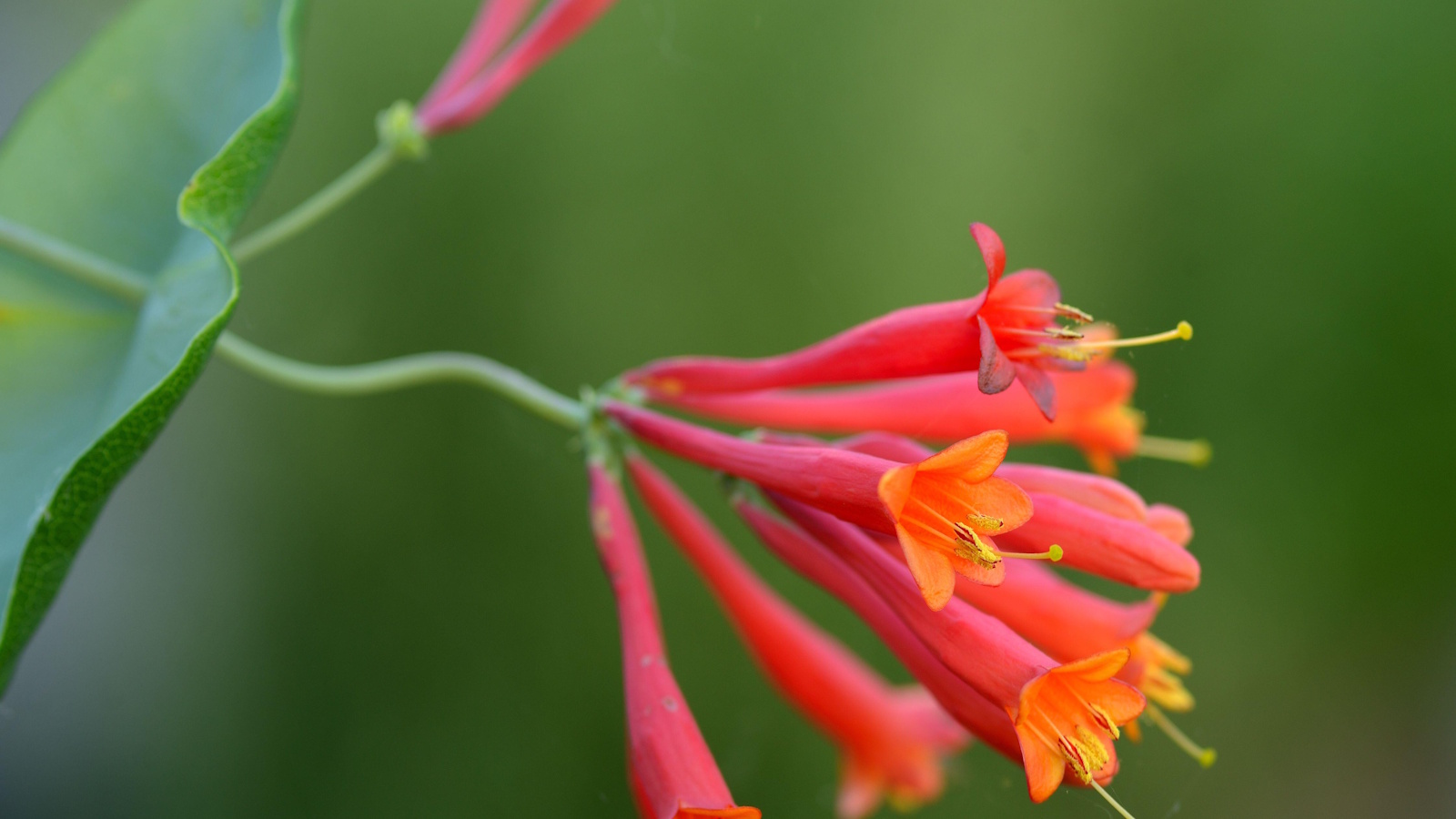 Native alternatives to invasive wisteria – 5 North American climbing plants with spectacular foliage and flowers to grow instead
Native alternatives to invasive wisteria – 5 North American climbing plants with spectacular foliage and flowers to grow insteadThese native vines will fill garden walls, fences and pergolas with greenery
-
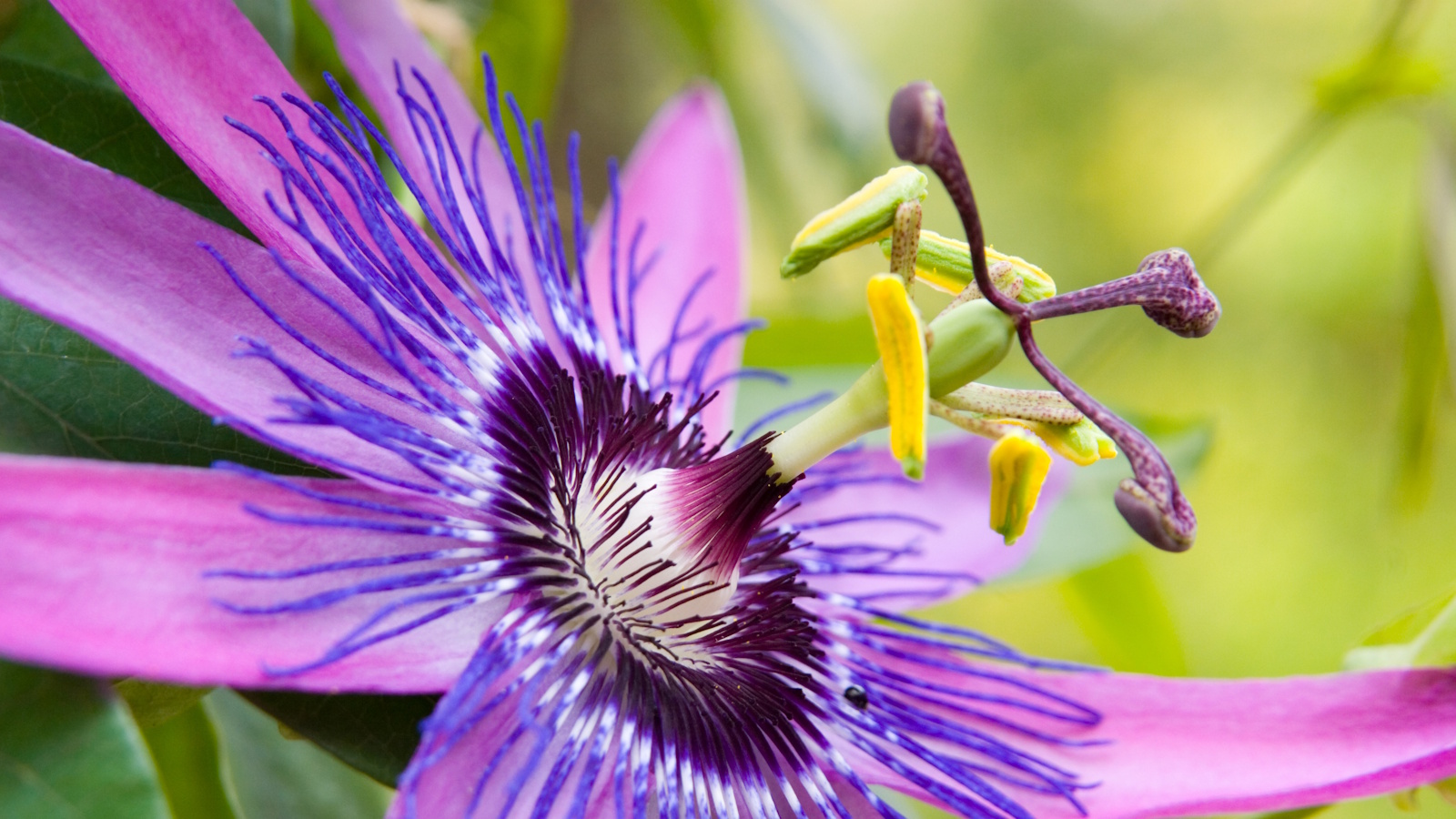 How to grow passion flowers in pots – the ultimate flowering vine that will transform any garden, whatever the size
How to grow passion flowers in pots – the ultimate flowering vine that will transform any garden, whatever the sizeLearning how to grow passion flowers in pots is a great option for gardeners with compact yards
-
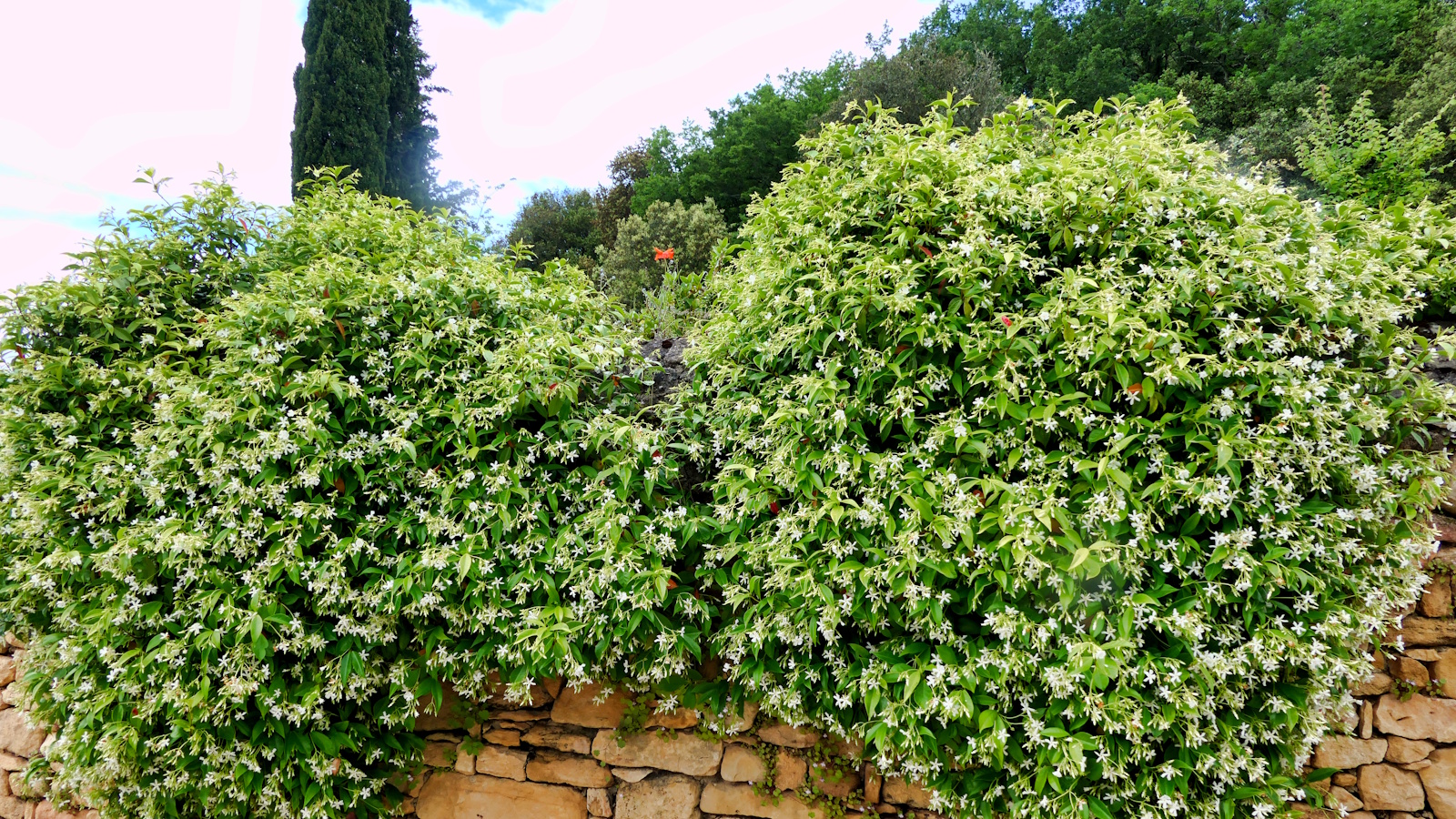 How to fertilize star jasmine – experts reveal the secrets for healthy climbing plants with masses of scented blooms
How to fertilize star jasmine – experts reveal the secrets for healthy climbing plants with masses of scented bloomsFeeding your vines at the right time can give them a boost during the growing season
-
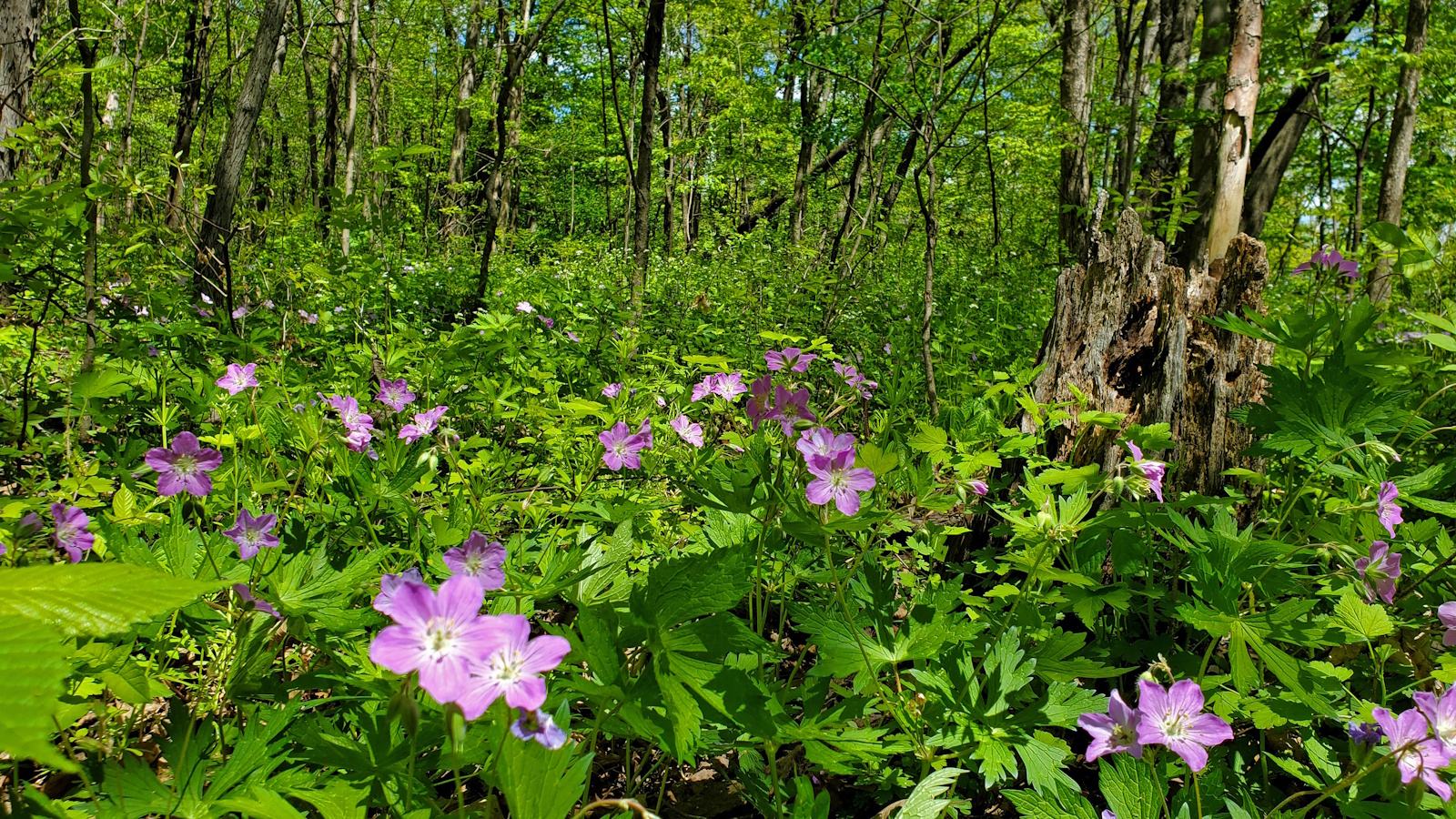 How to grow wild geranium – for a hardy flowering perennial that will thrive in shady gardens
How to grow wild geranium – for a hardy flowering perennial that will thrive in shady gardensThis tough perennial is a good option for adding color to darker borders
-
 Best native perennials to stop weeds – 5 resilient North American species to keep problem plants under control in your yard
Best native perennials to stop weeds – 5 resilient North American species to keep problem plants under control in your yardPlant experts reveal the best native perennials to stop weeds from taking over your borders
-
 Climbing plants that thrive on neglect – 5 low-effort, vibrant vines for time-short gardeners
Climbing plants that thrive on neglect – 5 low-effort, vibrant vines for time-short gardenersThese low-maintenance climbing plants can grow just fine with minimal attention
